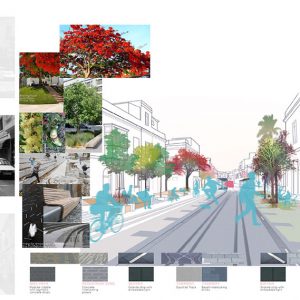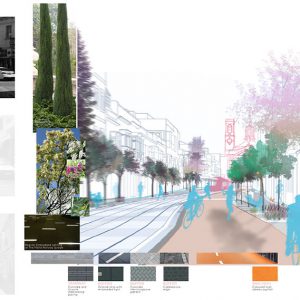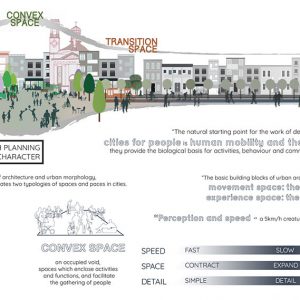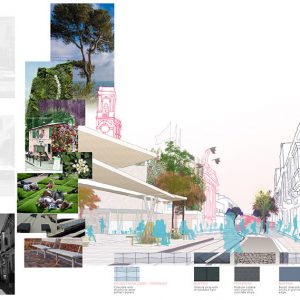Images of Maltese streetscapes of the recent past, harken nostalgic feelings towards how different streets were. The streets were animated – people gathered chairs, sat on the threshold of their house, chatted under the shade of a tree, children played in the street… the street was for people.
Jan Gehl considers this mobility shift of the 60’s as “a process that eroded the conditions necessary for people to engage in city life” (Gehl, 2010). Various studies indicate that the local urban environment, urban air quality and our health are at loss due to this process (World Health Organization, 2009).
The sense of place due to this degradation is lost as the inland route is an important thoroughfare where the public realm is dominated by vehicles. The transition of the path into a sustainable mobility link provides the opportunity to reinterpret it to serve the community and character instead of solely laying out the necessary infrastructure for mass rapid transit, bicycles and pedestrians.
The intent is to provide unobstructed movement of sustainable mobility while reclaiming the urban fabric to people.
Environmental Benefits:- Improve air quality
- Reduce noise pollution
- Improve microclimates
- Habitats for ecosystems & biodiversity
- Improve quality of life (recreation and well-being)
- Safety & security in public urban areas
- Mental health through access to nature
- Physical health through active lifestyles
- Reduce flooding impacts
- Reduce urban heat island effect (save energy)
- Increase in real estate value
- Sustainable travel modes
- Commercial tourism & local regeneration value
- Opportunities for local food production








